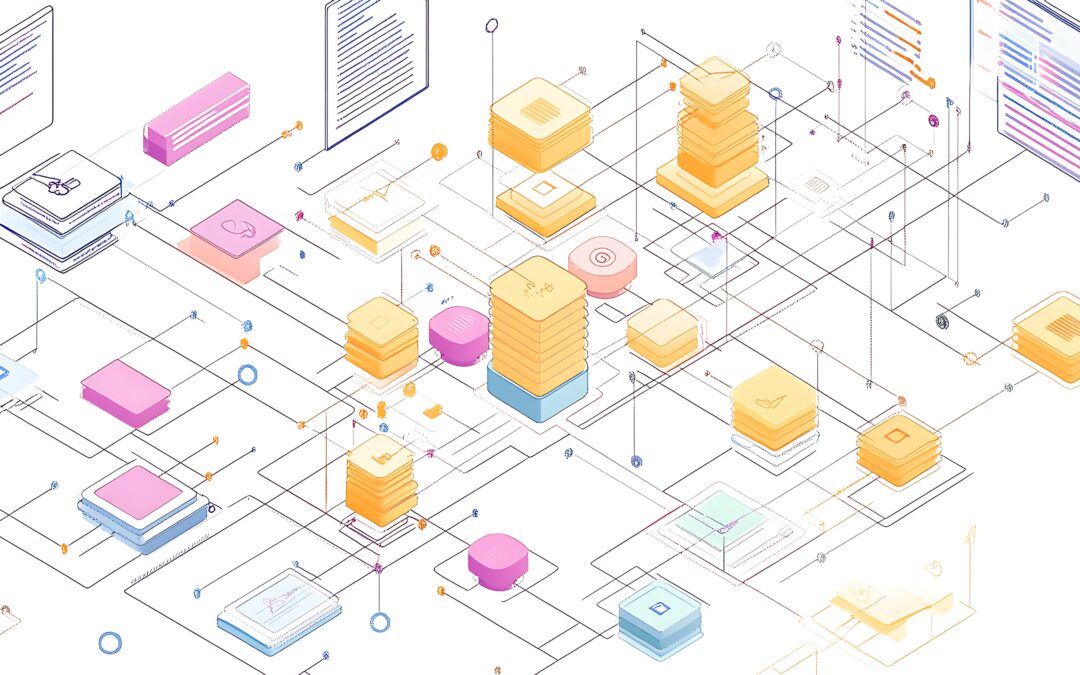At Strategic Data Systems (SDS), we know that great software architecture isn’t about buzzwords — it’s about solving the right problems with the right patterns. Microservices offer scalability, flexibility, and faster development cycles, but only when thoughtfully designed.
This post is a practical guide to key Microservices Design Patterns that help developers build resilient, scalable systems. For each pattern, we explain what it is, why it matters, when to use it, and where to learn more.
Decomposition Patterns
What It Is: Decomposition is the process of breaking down a complex application into smaller, more manageable services. Choosing the right decomposition strategy is critical to avoid tight coupling and to ensure services remain cohesive and independently deployable.
Why You Need It: Poor decomposition leads to unnecessary dependencies, cross-service chatter, and scaling challenges. Good decomposition enables team autonomy, service independence, and focused scalability.
When to use: Large systems with distinct business capabilities or when different parts of your system evolve at different speeds.
Learn More:
- Domain-Driven Design: Tackling Complexity in the Heart of Software by Eric Evans. https://a.co/d/6ryBEwn
- Microsoft Learn: https://learn.microsoft.com/en-us/azure/architecture/guide/architecture-styles/microservices#decompose-by-business-capability
Database per Service Pattern
What It Is: Each microservice owns its own database. No direct database sharing between services. Services communicate through APIs or messaging, not shared tables.
Why You Need It: Prevents tight coupling at the database level, enables independent deployment, scaling, and data modeling, and supports service autonomy.
When to use: Anytime true service independence is required, or when schema changes in one service shouldn’t impact others.
Learn More
- Building Microservices by Sam Newman. https://a.co/d/bsFj4AS
- Microservice Architecture: https://microservices.io/patterns/data/database-per-service.html
API Gateway Pattern
What It Is: The API Gateway acts as a single entry point for clients to access your microservices. It handles request routing, authentication, rate limiting, and sometimes response aggregation.
Why You Need It: Simplifies client integration, centralizes cross-cutting concerns, and allows internal services to evolve without affecting clients.
When to use: When you have multiple backend services and want to avoid exposing them directly to clients.
Learn More
- Microservices Patterns by Chris Richardson. https://a.co/d/0JjxRNZ
- Microsoft Learn: https://learn.microsoft.com/en-us/azure/architecture/patterns/gateway-aggregation
Circuit Breaker Pattern
What It Is: The Circuit Breaker prevents an application from trying to invoke a service or perform an operation that’s likely to fail. When failures reach a certain threshold, the breaker “trips,” temporarily stopping calls and allowing the system time to recover.
Why You Need It: Prevents cascading failures, improves system stability and resilience, and supports graceful degradation.
When to use: For remote calls where the failure of downstream services could bring down your application.
Learn More:
- Release It!: Design and Deploy Production-Ready Software by Michael Nygard. https://a.co/d/akXcrNl
- Microsoft Learn: https://learn.microsoft.com/en-us/azure/architecture/patterns/circuit-breaker
Saga Pattern (Distributed Transactions)
What It Is: The Saga pattern manages distributed transactions across multiple microservices using either orchestration (central controller) or choreography (event-driven communication between services).
Why You Need It: Maintains data consistency without distributed locks or two-phase commits, ensuring system integrity in the face of partial failures.
When to use: Long-running business processes that span multiple services.
Learn More
- Designing Data-Intensive Applications by Martin Kleppmann. https://a.co/d/207tQQ3
- Microsoft Learn: https://learn.microsoft.com/en-us/azure/architecture/patterns/saga
Event Sourcing and CQRS
What It Is: Event Sourcing stores state changes as a sequence of events. CQRS (Command Query Responsibility Segregation) separates the read model from the write model, allowing for optimized data handling on each side.
Why You Need It: Supports complex auditing, improves scalability by separating read and write workloads, and enables event replay capabilities.
When to use: Systems where audit trails are required or applications with high-volume reads and low-volume writes.
Learn More
- Domain-Driven Design Reference by Eric Evans. https://a.co/d/c52wZin
- Microsoft Learn: https://learn.microsoft.com/en-us/azure/architecture/patterns/cqrs
Final Thoughts
Microservices architecture can unlock agility and scalability — but only with well-chosen patterns to guide your design. At SDS, we help companies make smart architectural decisions that align technology with business goals, not just the latest trends. These and many other patterns for microservice architectures can be found at https://microservices.io/patterns/index.html
If you’re designing or refactoring systems into microservices, consider these patterns your essential toolbox. They help reduce complexity, improve resilience, and enable your team to scale with confidence.


